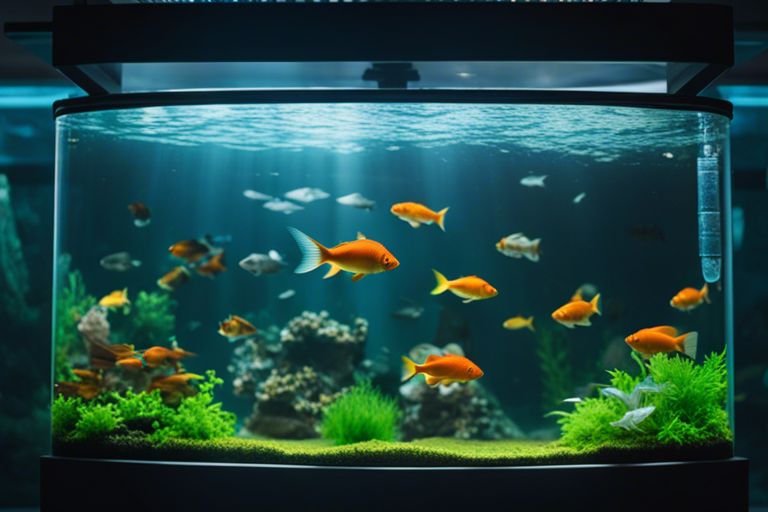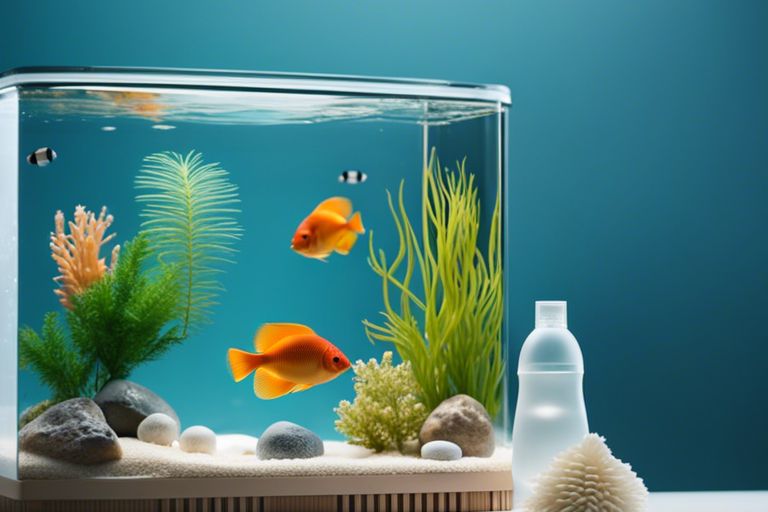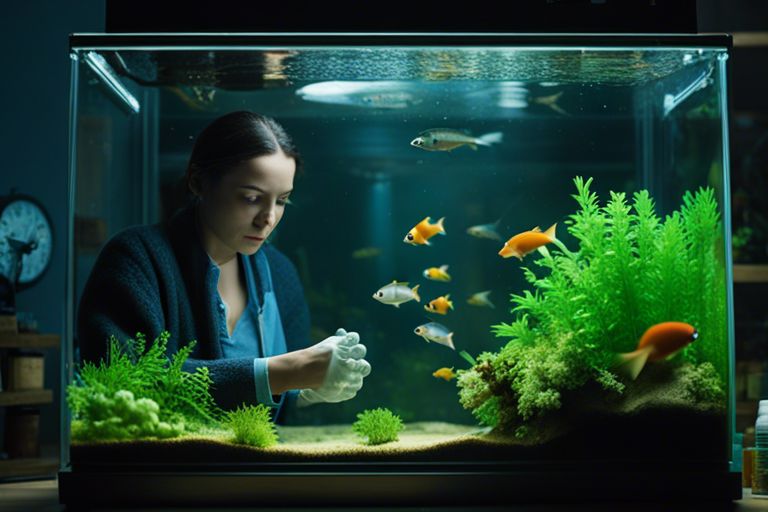Parameters for ideal water conditions play a crucial role in maintaining optimal health for fish in aquatic environments. Different fish species have specific requirements when it comes to water temperature, pH levels, and overall water quality. Understanding these parameters is crucial for creating a suitable habitat that promotes the well-being and longevity of your aquatic pets. In this blog post, we will examine into the scientific aspects of identifying and maintaining the ideal water parameters for various fish species, ensuring a thriving aquatic ecosystem in your tank.
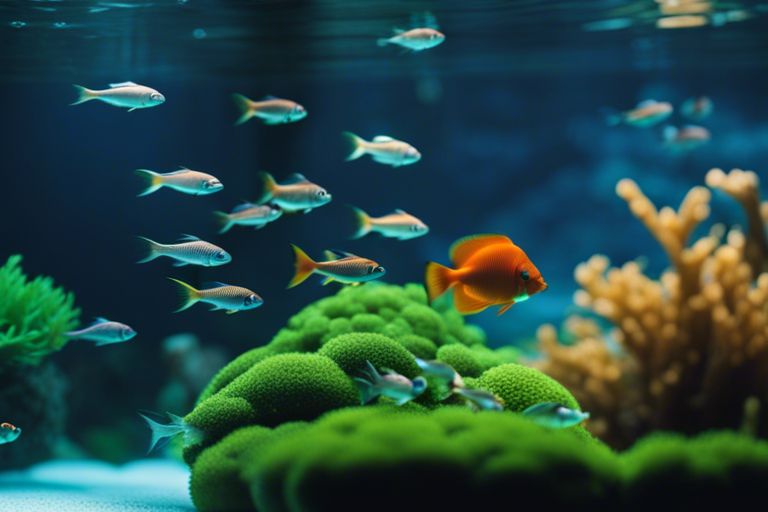
Understanding Water Chemistry
pH Levels and Their Impact on Fish
Their pH levels in the aquarium water can have a significant impact on the health and wellbeing of your fish. Fish have specific pH requirements based on their natural habitat. Sudden changes in pH levels can stress the fish and even lead to illness or death. It is crucial to regularly test the pH levels and adjust them gradually if needed to keep your fish healthy.
The Role of Hardness and Alkalinity
One of the key components of water chemistry that affects fish health is hardness and alkalinity. These parameters measure the concentration of minerals in the water, which can impact the overall stability of the aquatic environment. Understanding the hardness and alkalinity levels in your aquarium is vital for maintaining a stable and healthy ecosystem for your fish.
Understanding the interplay between hardness and alkalinity can help you make informed decisions about water quality management. High alkalinity can buffer pH levels, preventing sudden fluctuations that can stress fish. On the other hand, extreme hardness levels can affect the ability of fish to regulate their own internal chemistry. Balancing these parameters is crucial for creating an ideal environment for your fish species.
The Science Behind Ideal Water Parameters For Different Fish Species
| Temperature Requirements for Various Fish Species |
|---|
Tropical Fish: Heat LoversVarious tropical fish species thrive in warm water temperatures ranging from 75 to 80 degrees Fahrenheit. It is crucial to maintain this consistent temperature in their environment to ensure their health and well-being. |
Cold Water Fish: Subzero SurvivorsTemperature plays a vital role in the survival of cold-water fish species, such as trout and salmon. These fish prefer cooler temperatures that range from 50 to 60 degrees Fahrenheit. It is important to monitor and control the temperature to mimic their natural habitats for their overall health. |
Subzero: Cold-water fish species, like Arctic char and brook trout, are incredible survivors in subzero temperatures. These resilient fish can thrive in water temperatures as low as 40 degrees Fahrenheit. Maintaining a steady temperature within this range is imperative for their metabolism and overall physiological functions.
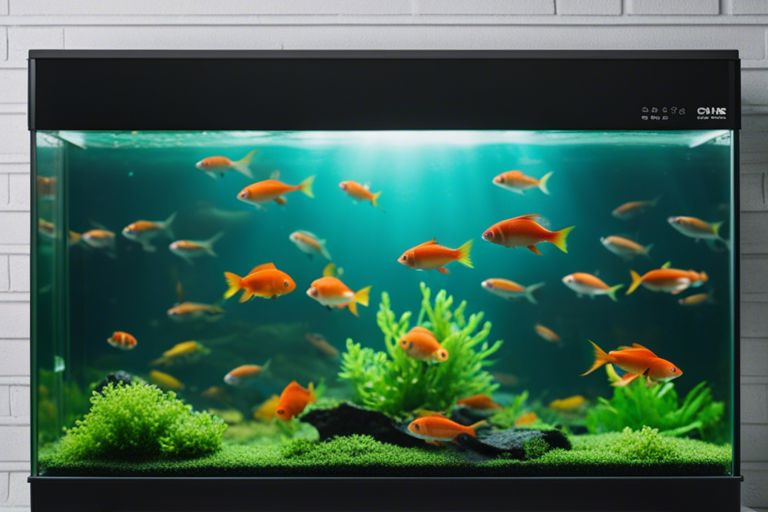
Specific Water Conditions for Popular Aquarium Fish
Freshwater Fish Parameters
Water quality is crucial for freshwater fish species to thrive in the aquarium environment. Parameters such as temperature, pH levels, ammonia, nitrite, and nitrate levels must be closely monitored and maintained. Different species of freshwater fish have specific requirements, so it’s important to research and understand the ideal conditions for your particular fish.
Marine Fish Parameters
One of the most critical factors in maintaining a healthy marine aquarium is water quality. Marine fish are more sensitive to fluctuations in water parameters compared to freshwater fish. Parameters such as salinity, pH levels, temperature, and alkalinity play a significant role in the well-being of marine fish. It’s important to invest in high-quality water testing kits and monitoring equipment to ensure these parameters remain stable.
Fish species in a marine environment are often more delicate and prone to stress from rapid changes in water conditions. It is important to acclimate marine fish carefully when introducing them to a new tank and to perform regular water changes to maintain optimal water quality.
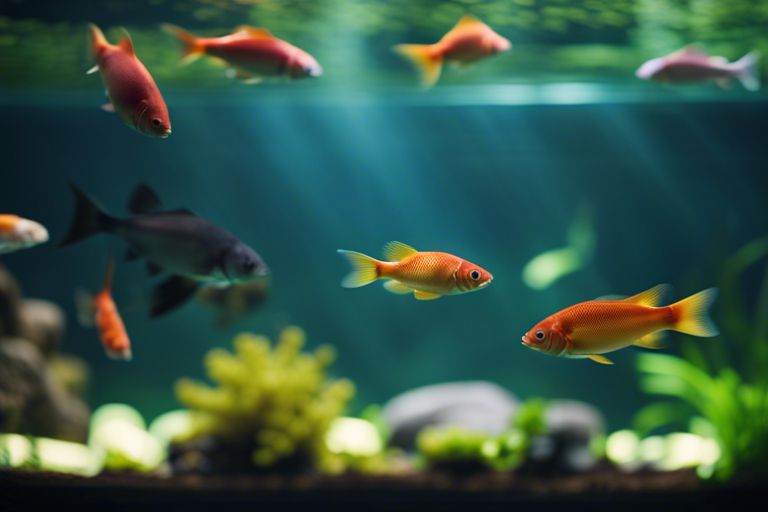
Advanced Considerations
- The Role of Water Flow and Oxygenation
Advanced: Water flow and oxygenation play a crucial role in maintaining a healthy aquatic environment for different fish species. Adequate water flow ensures the distribution of oxygen and nutrients throughout the tank. It also helps in maintaining uniform water temperature and prevents the buildup of toxins in certain areas.
- Managing Nutrient Levels and Waste
An: Efficient management of nutrient levels and waste is important for the overall well-being of fish species in an aquarium. Excessive waste and nutrient buildup can lead to algae blooms, ammonia spikes, and poor water quality. Regular water testing and efficient filtration systems are key to controlling these parameters.
Water: To manage nutrient levels and waste effectively, consider incorporating live plants into your aquarium setup. Plants help in absorbing excess nutrients, providing natural filtration, and creating a more balanced aquatic ecosystem. Additionally, performing regular water changes and cleaning substrate can aid in reducing waste accumulation and maintaining optimal water quality for your fish.
Maintaining Ideal Water Parameters
Regular Testing and Monitoring
Many fish species are sensitive to changes in water parameters, making it crucial for aquatic enthusiasts to regularly test and monitor the conditions of their tanks. Ideal water parameters such as pH, ammonia, nitrite, nitrate, and temperature should be consistently checked to ensure a healthy environment for the fish.
Water Change Strategies and Tips
Ideal water change strategies are crucial for maintaining optimal water quality in aquariums. Regular water changes help remove excess nutrients, waste, and contaminants, preventing the buildup of harmful substances. It is recommended to change 10-20% of the water in the tank every 1-2 weeks to keep the water parameters stable.
- Monitor water parameters before and after water changes to track any fluctuations.
- Knowing the specific requirements of the fish species in your tank will help determine the frequency and volume of water changes needed.
To wrap up
Upon reflecting on the science behind ideal water parameters for different fish species, it becomes evident that meticulous attention to details such as temperature, pH level, hardness, and ammonia levels is paramount for the overall health and well-being of aquarium fish. Understanding the specific needs of each species is necessary in creating a thriving aquatic environment. By maintaining optimal water conditions, hobbyists can ensure that their fish remain healthy, vibrant, and stress-free. Regular monitoring and adjustments to water parameters are necessary to prevent potential health issues and maintain a harmonious ecosystem within the aquarium. Be mindful of, a well-informed aquarist is best equipped to provide the ideal living conditions for their beloved aquatic companions.
FAQ
Q: Why are ideal water parameters important for different fish species?
A: Ideal water parameters are crucial for the health and well-being of fish species as they directly impact their physiological functions, behavior, and overall survival in an aquarium environment.
Q: What are the key factors to consider when determining ideal water parameters for fish?
A: The key factors include water temperature, pH level, hardness, ammonia, nitrite, nitrate levels, and water quality, which can vary depending on the species of fish being kept.
Q: How does water temperature affect fish species differently?
A: Water temperature plays a vital role in fish metabolism, growth, and immune system function. Different fish species have specific temperature ranges within which they thrive, so it’s important to maintain the appropriate temperature for each species.
Q: Why is pH level important for different fish species?
A: pH level influences the acidity or alkalinity of the water, which can impact fish health, behavior, and breeding. Different fish species have varying pH level requirements, so it is crucial to match the pH to their natural habitat.
Q: What is water hardness, and how does it affect fish species?
A: Water hardness refers to the mineral content in the water. Some fish species require soft water with low mineral content, while others thrive in hard water. It is vital to match the water hardness to the species’ preferences.
Q: How do ammonia, nitrite, and nitrate levels impact fish species?
A: High levels of ammonia, nitrite, and nitrate can be toxic to fish, leading to stress, illness, and even death. Regular monitoring and maintenance of these levels are crucial to ensure a healthy environment for fish species.
Q: What role does water quality play in maintaining ideal parameters for fish species?
A: Water quality encompasses factors such as filtration, oxygenation, and cleanliness, all of which are vital for the well-being of fish species. Maintaining good water quality helps prevent disease and stress in aquarium fish.
